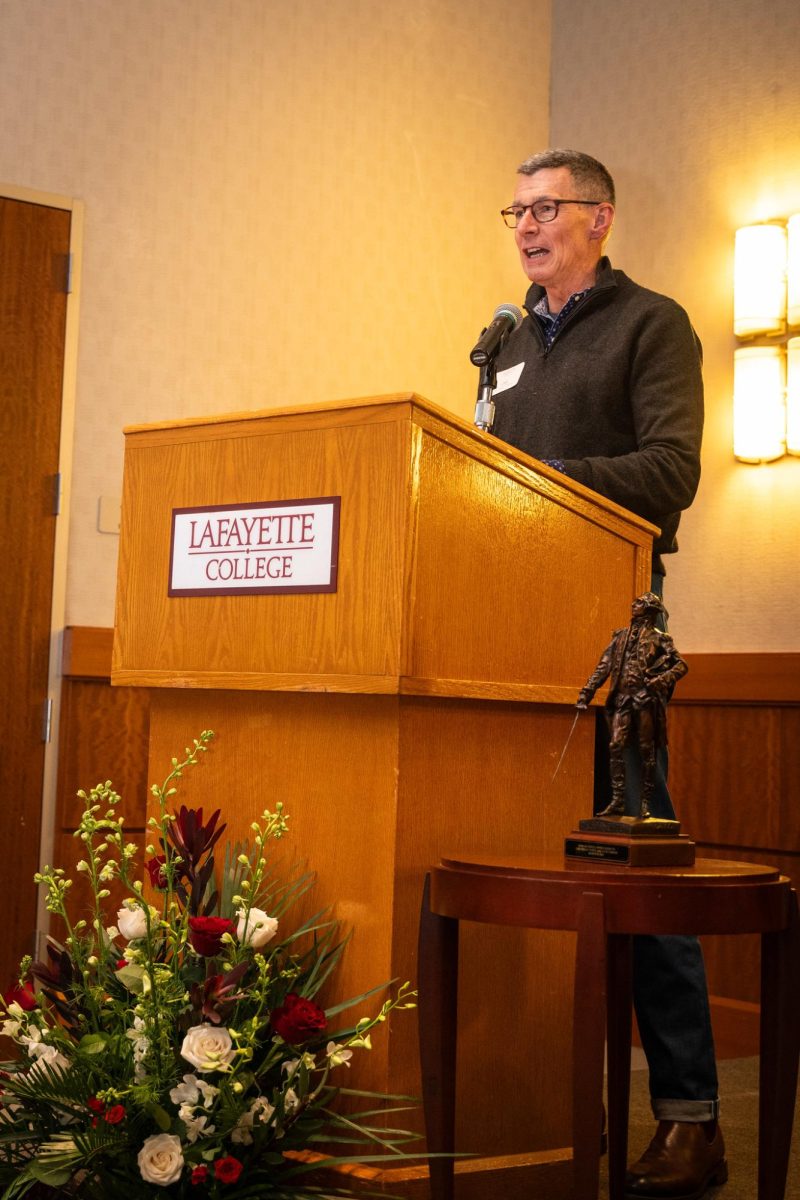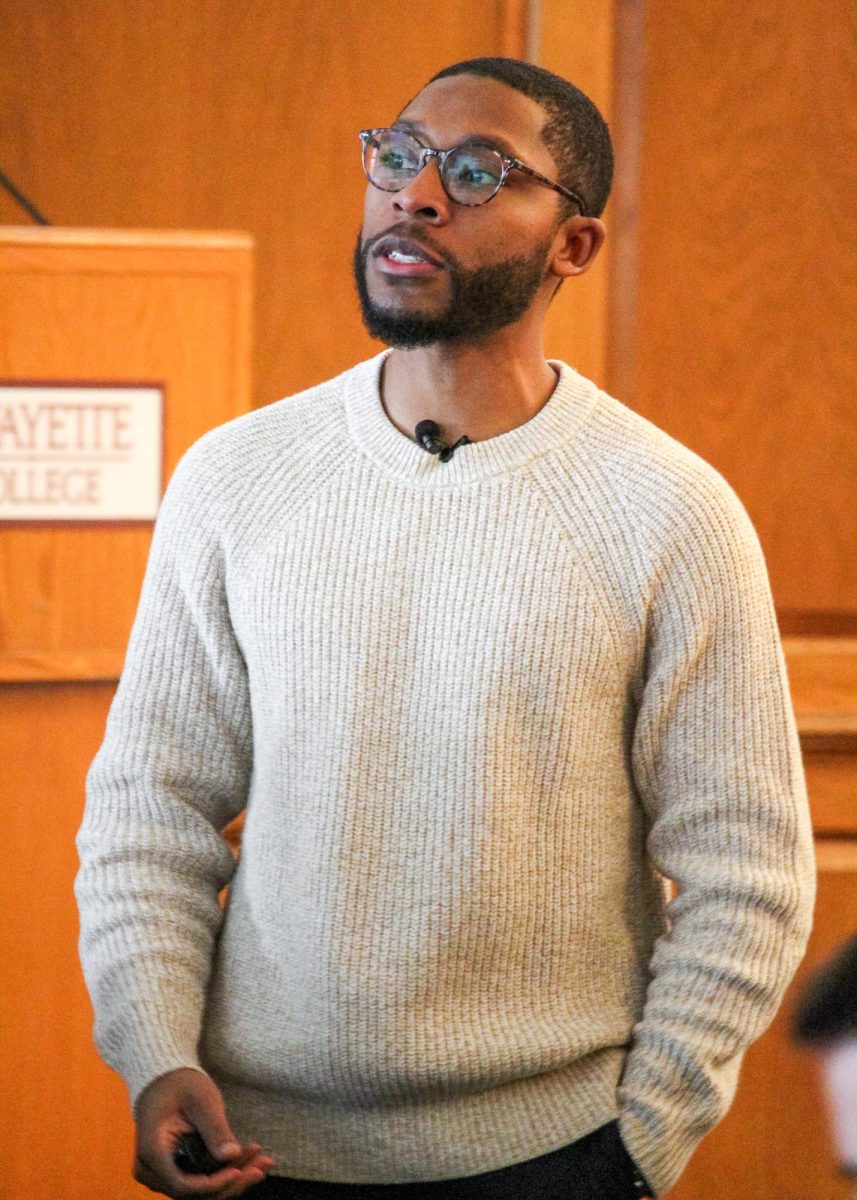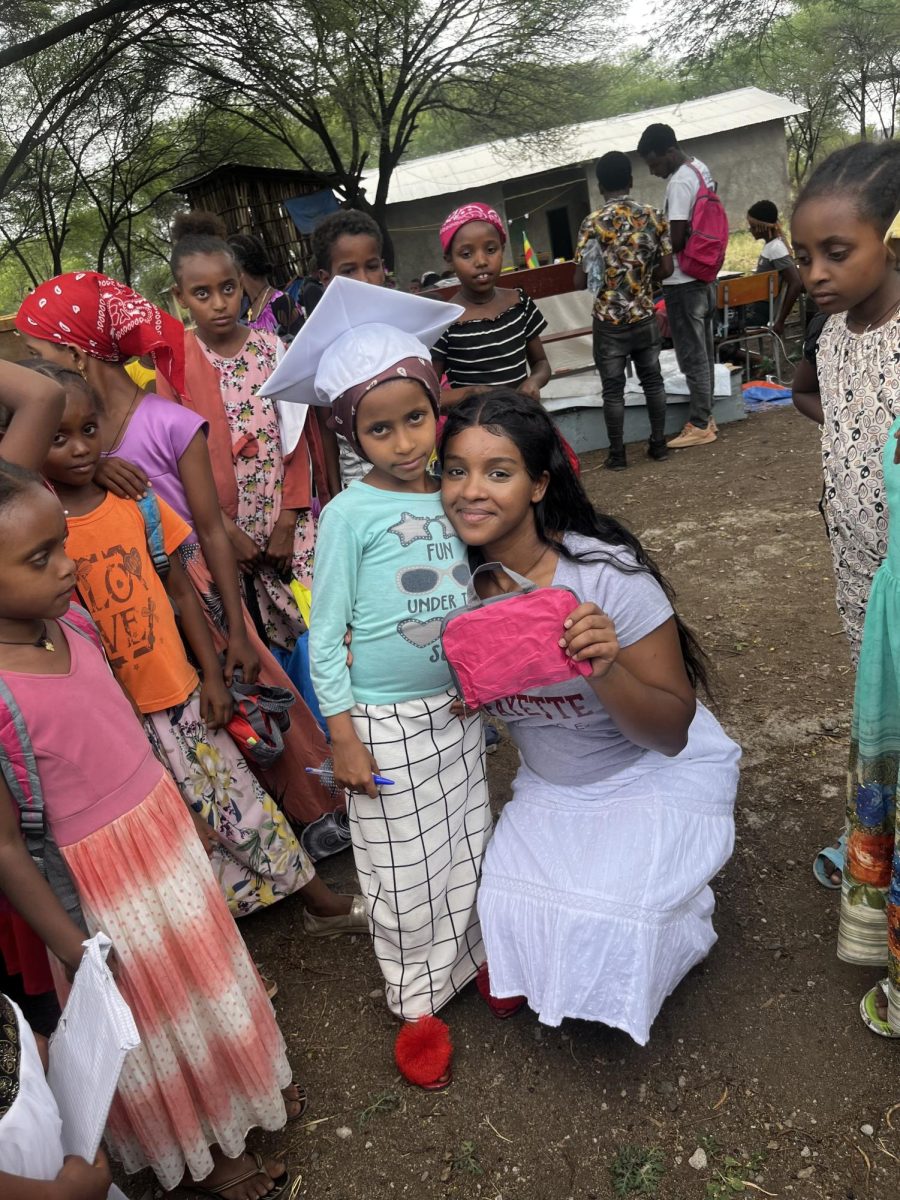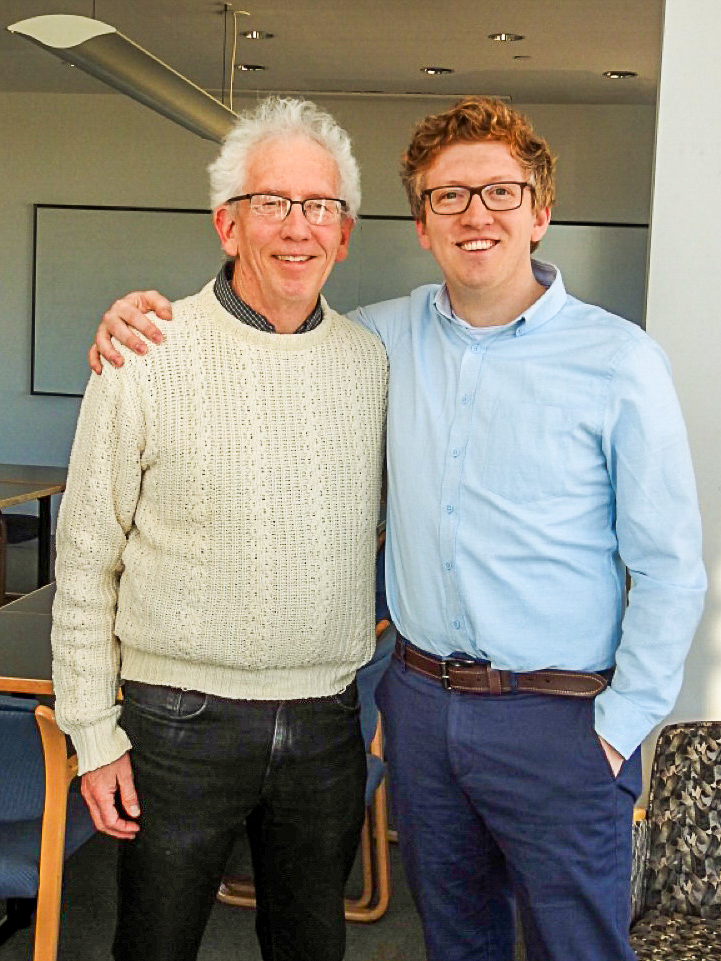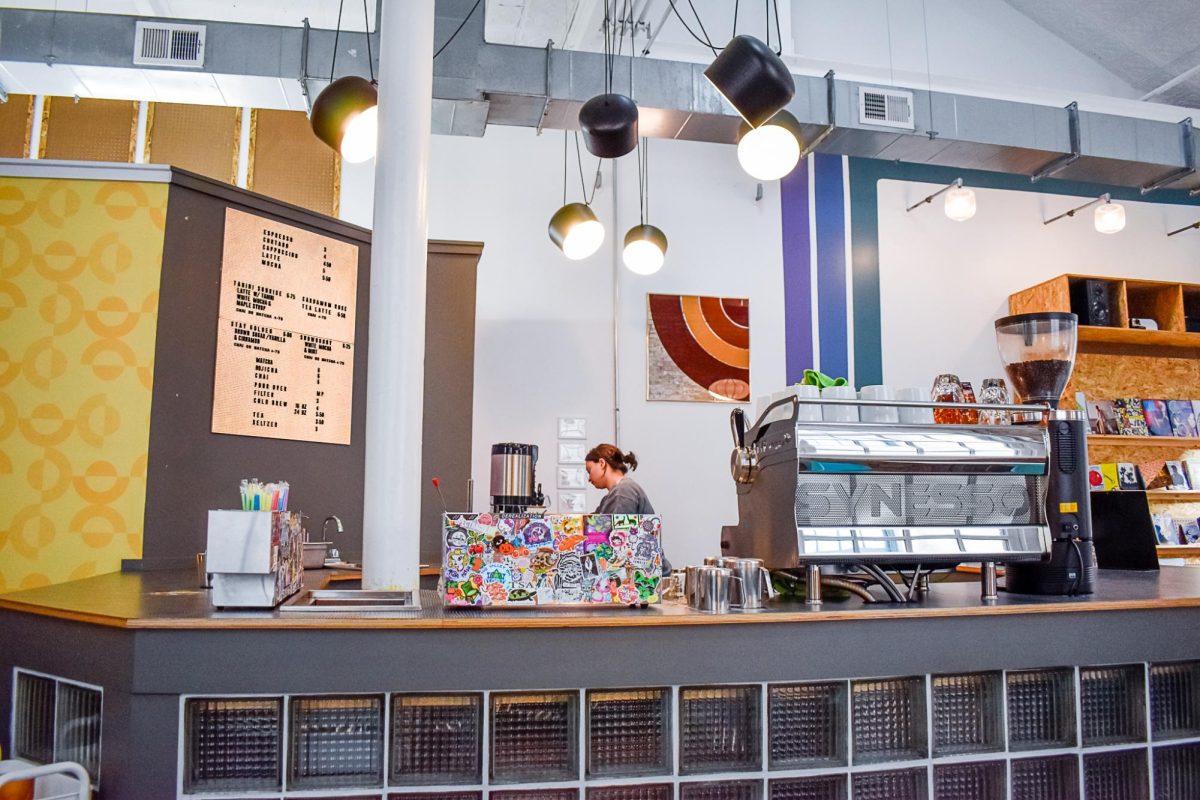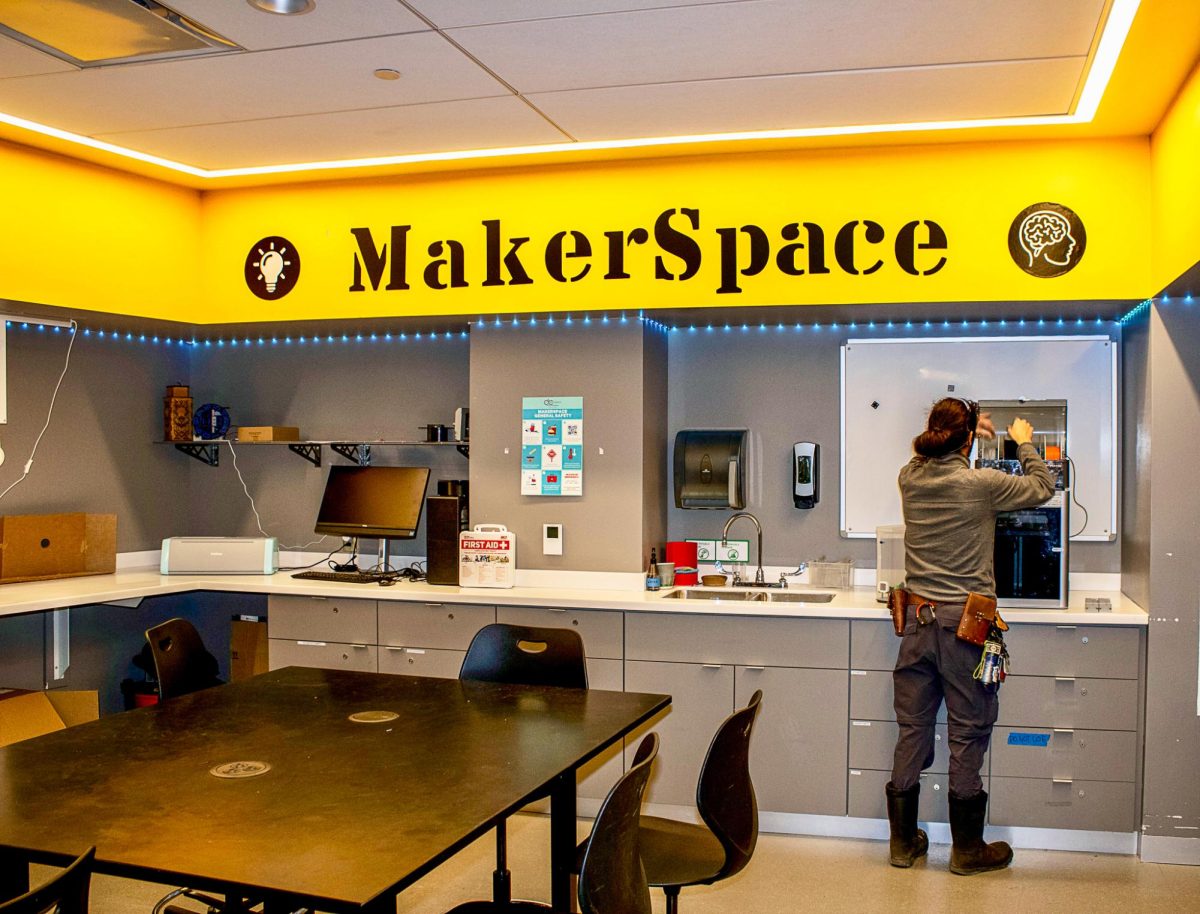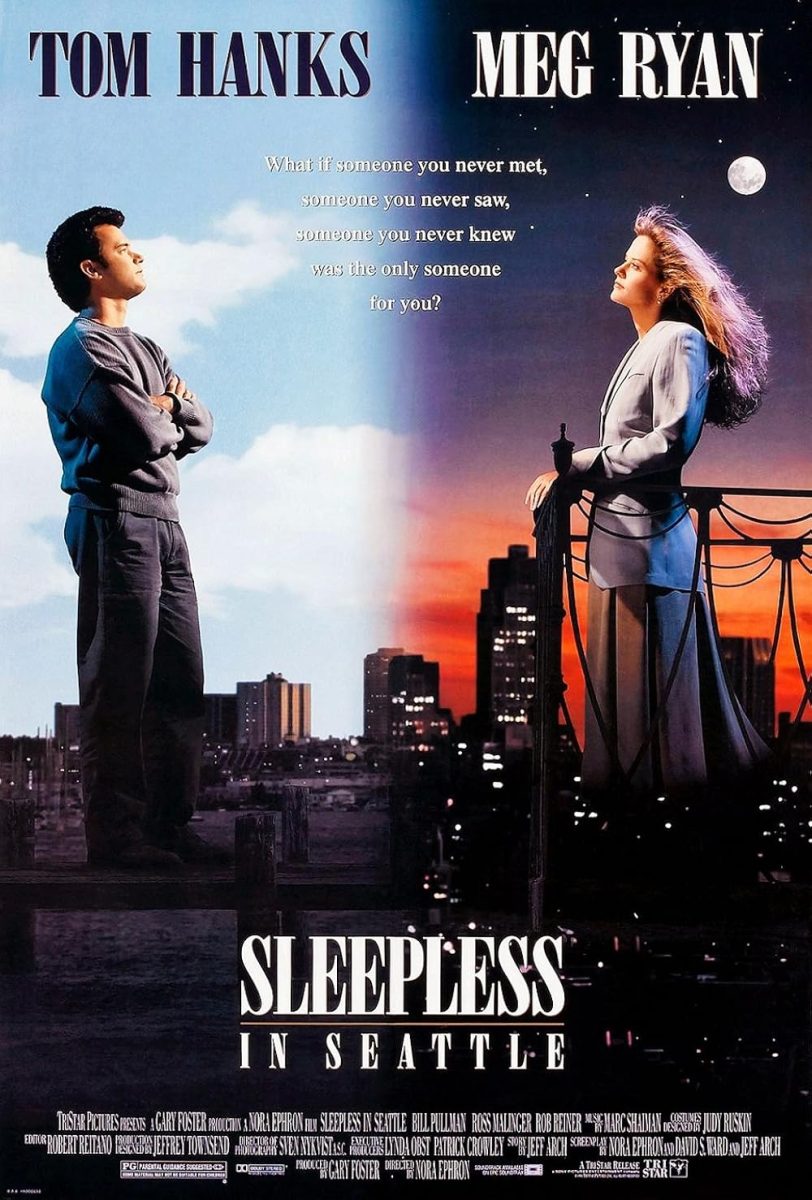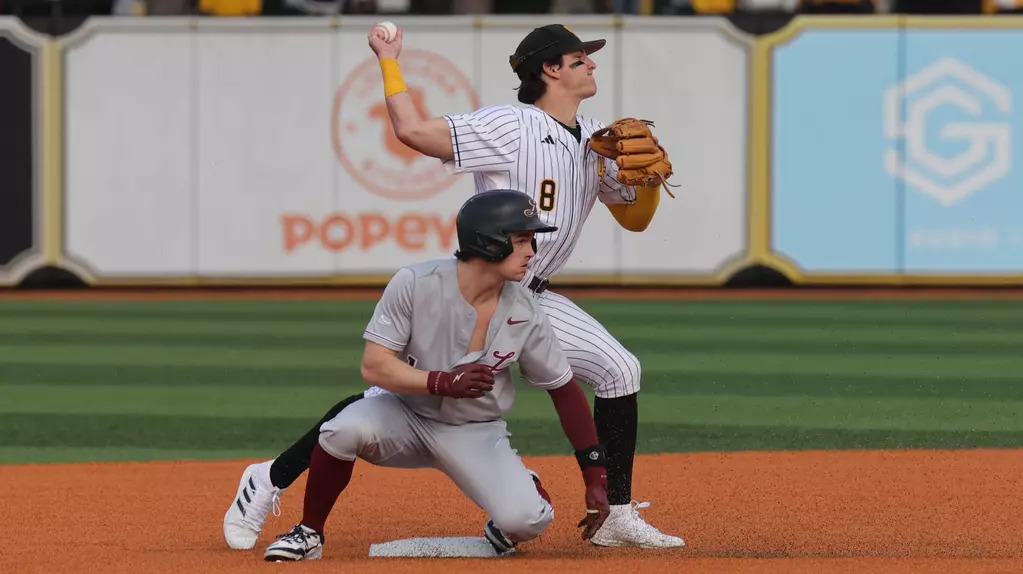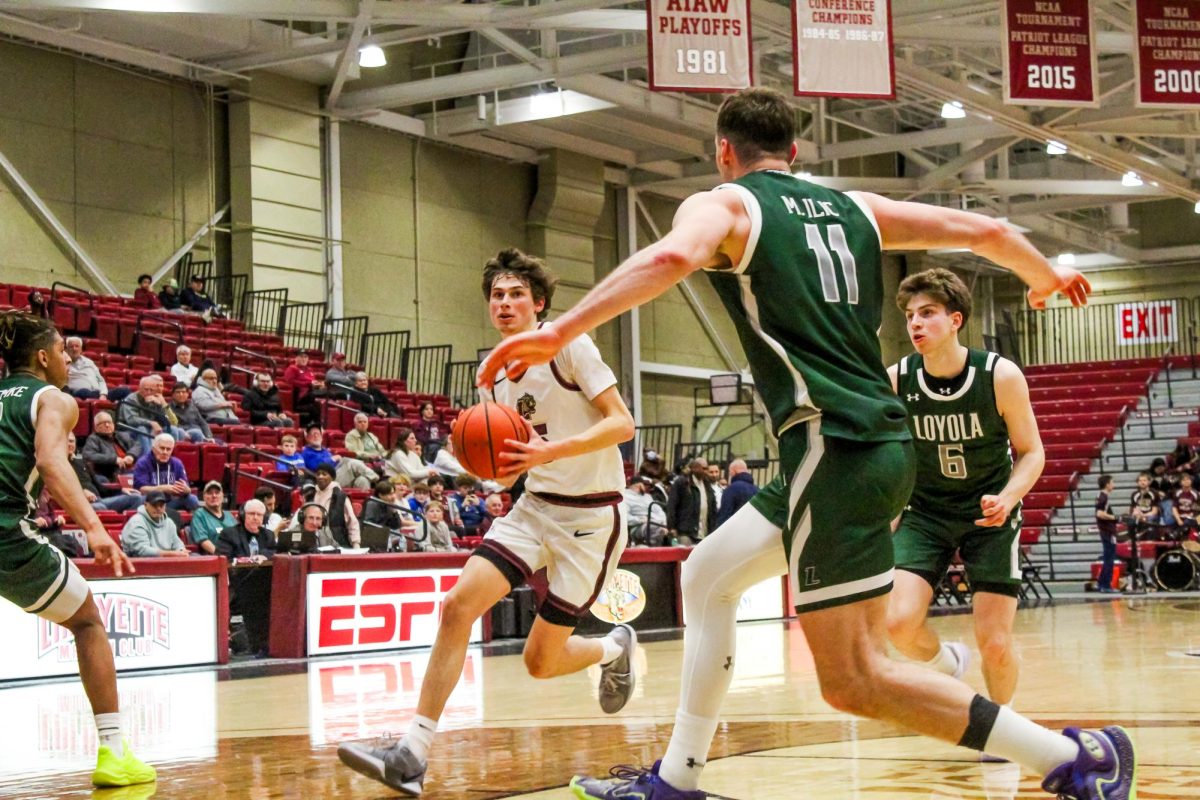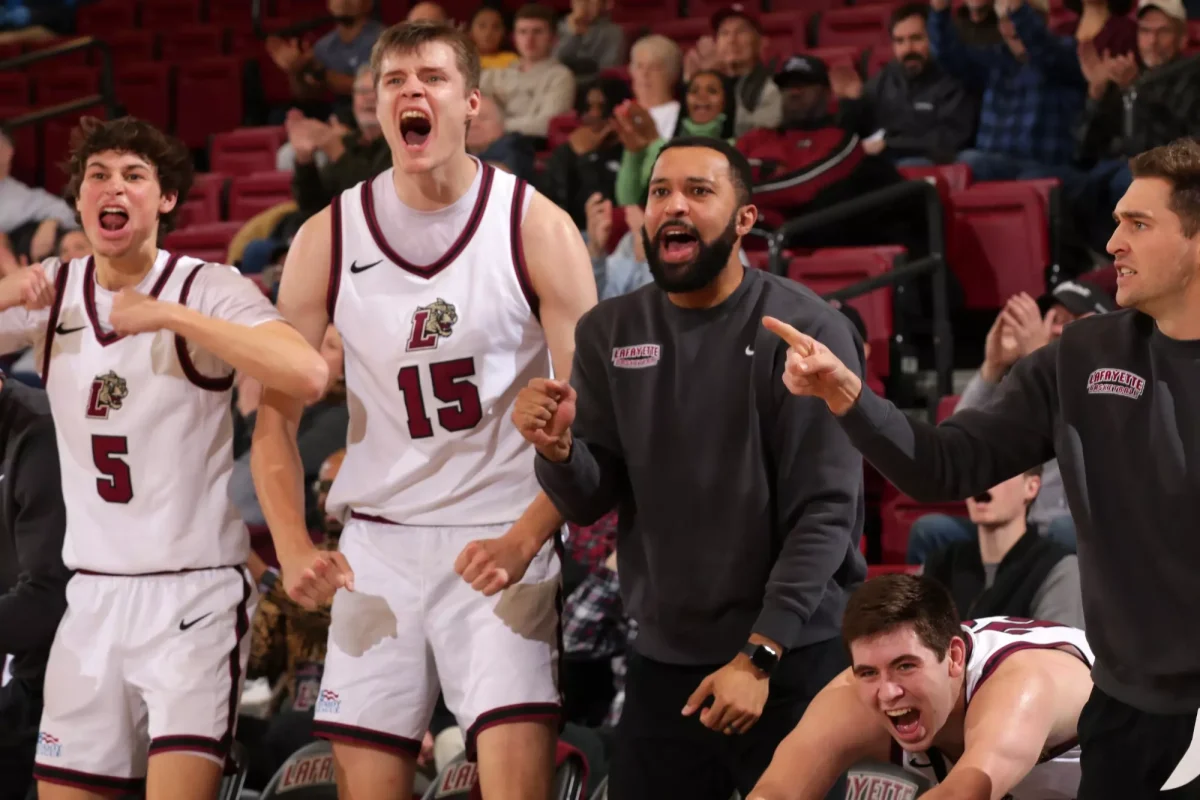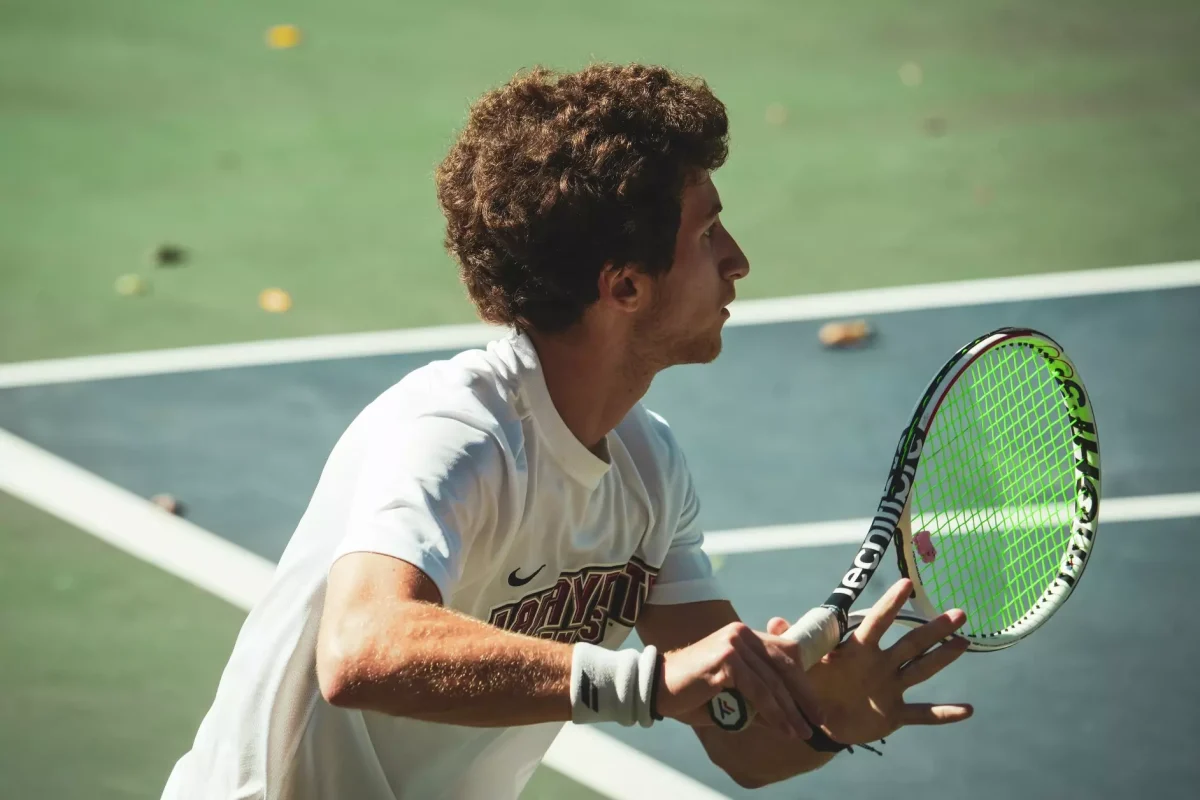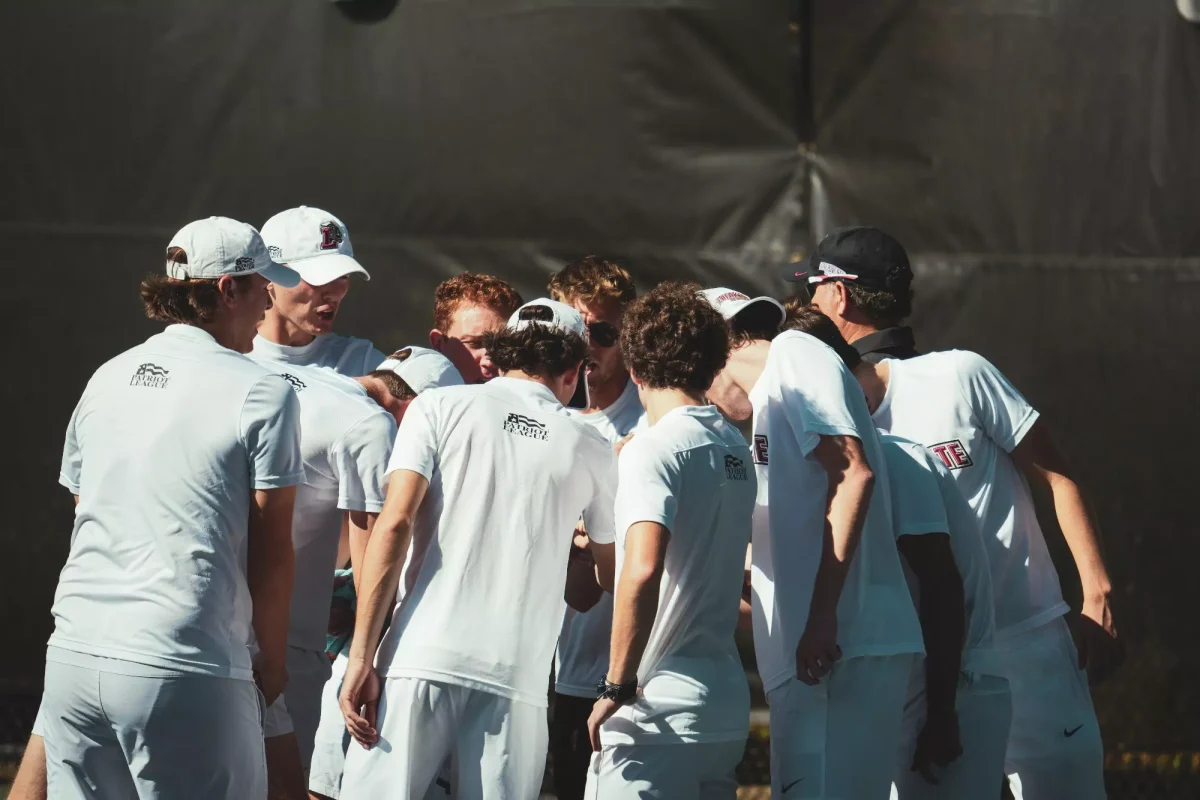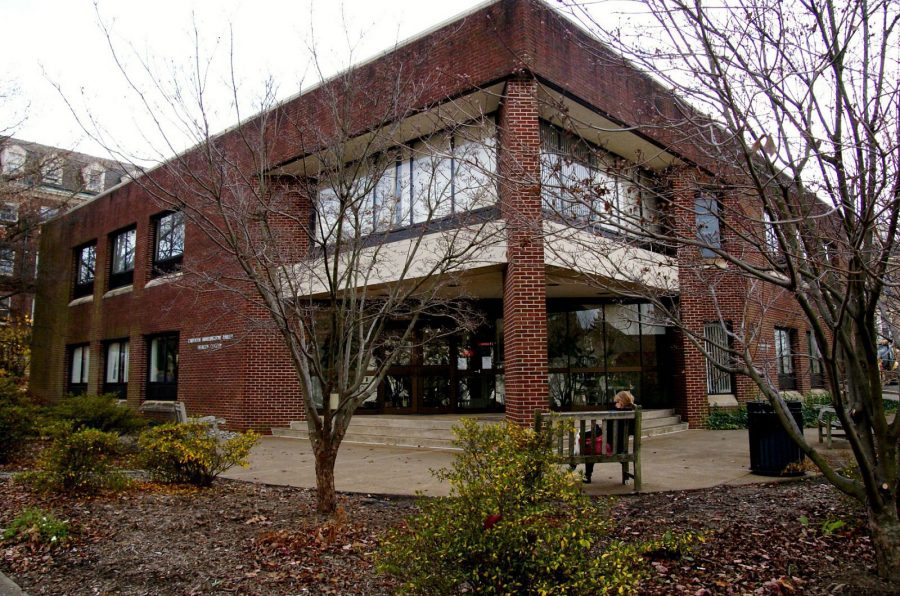The recent adenovirus outbreak pushed Bailey Health Center to the point where it no longer had the capacity to treat all the students that warranted treatment, according to Director of Health Services Dr. Jeff Goldstein.
Goldstein said that this was the most serious viral outbreak he’s seen at the college during his time here.
“This was an unusually severe viral illness,” Goldstein said. “I’ve been doing this job for 17 years, and so I’ve seen my share of things rip through campus. I’d say, in comparison, this four week period was probably the busiest, and I would say the most serious group of sick students I’ve ever seen.”
He recalled the peak of the spread, when the staff at Bailey “got to the point where we were working at full capacity, but with the volume of students that needed to be seen, we felt bad because students were sick and we [felt] like we should take care of them. But we just didn’t have the capacity to do so.”
The outbreak has resulted in a “high rate of absenteeism from class,” and usually lasts for seven to 10 days with various flu-like symptoms, according to a campus-wide email from Goldstein.
Goldstein said the epidemic left many students unable to attend classes.
“On average, for about a three week period, you’re seeing about 25 students per day getting excuses, and not only that, but they often needed extended excuses,” he said.
While Goldstein predicted that the virus cost the college several thousand dollars, he said he believes that the end of the outbreak is near.
“I think we’re on the back end now,” he said. “The numbers are on the decline, it definitely feels like we’re a little bit more in control.”
The first warning signs came to President Alison Byerly a few days prior.
“I had heard there were a few students ill a few days before [the email from Goldstein] with something that seemed like a cold,” Byerly said.
In order to handle the sudden influx of sick students, the health center increased its part-time support, as well as adding 12 additional provider hours.
“[The additional staff] allowed us to see a lot more students per day, that was the main thing that we did,” Goldstein said. “And we added more part-time support to help us with the big day activities and support of the providers.”





















